92 Active Asia Ex-Japan Funds, AUM $62bn
Country Positioning Update
In this piece we provide a comprehensive analysis of country positioning among Asia Ex-Japan equity funds. We look at the current ownership dynamics and tie that in to the long-term trends in country positioning and more recent manager activity. We find that Taiwan and South Korea have born the brunt of recent investor rotation, with Asia Ex-Japan investors moving towards the relatively underowned Malaysia, Thailand and The Philippines. Indonesia is the current darling of the region, with investors also re-engaging with China & HK after a period of consolidation.
Country Ownership Picture
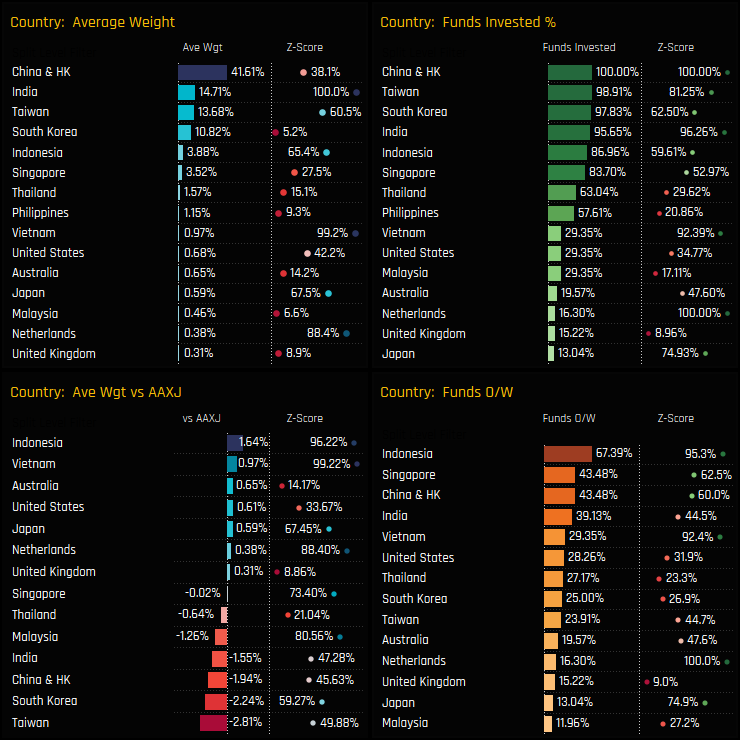
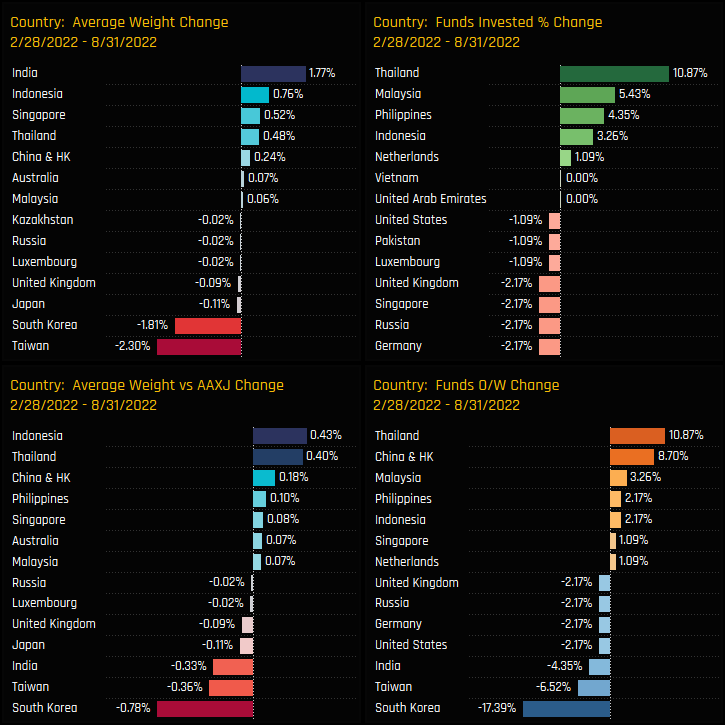
Country Sentiment
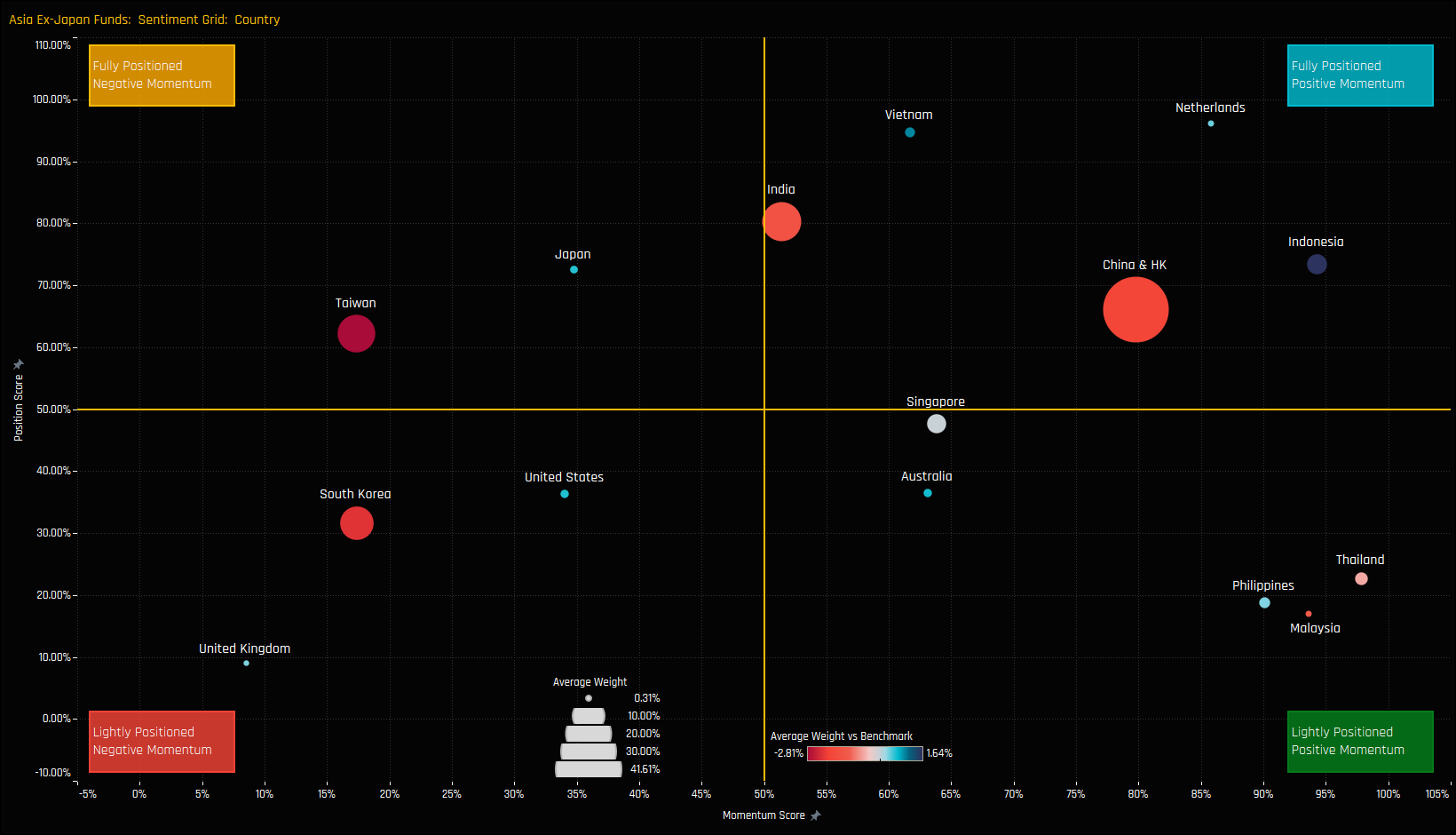
China & HK
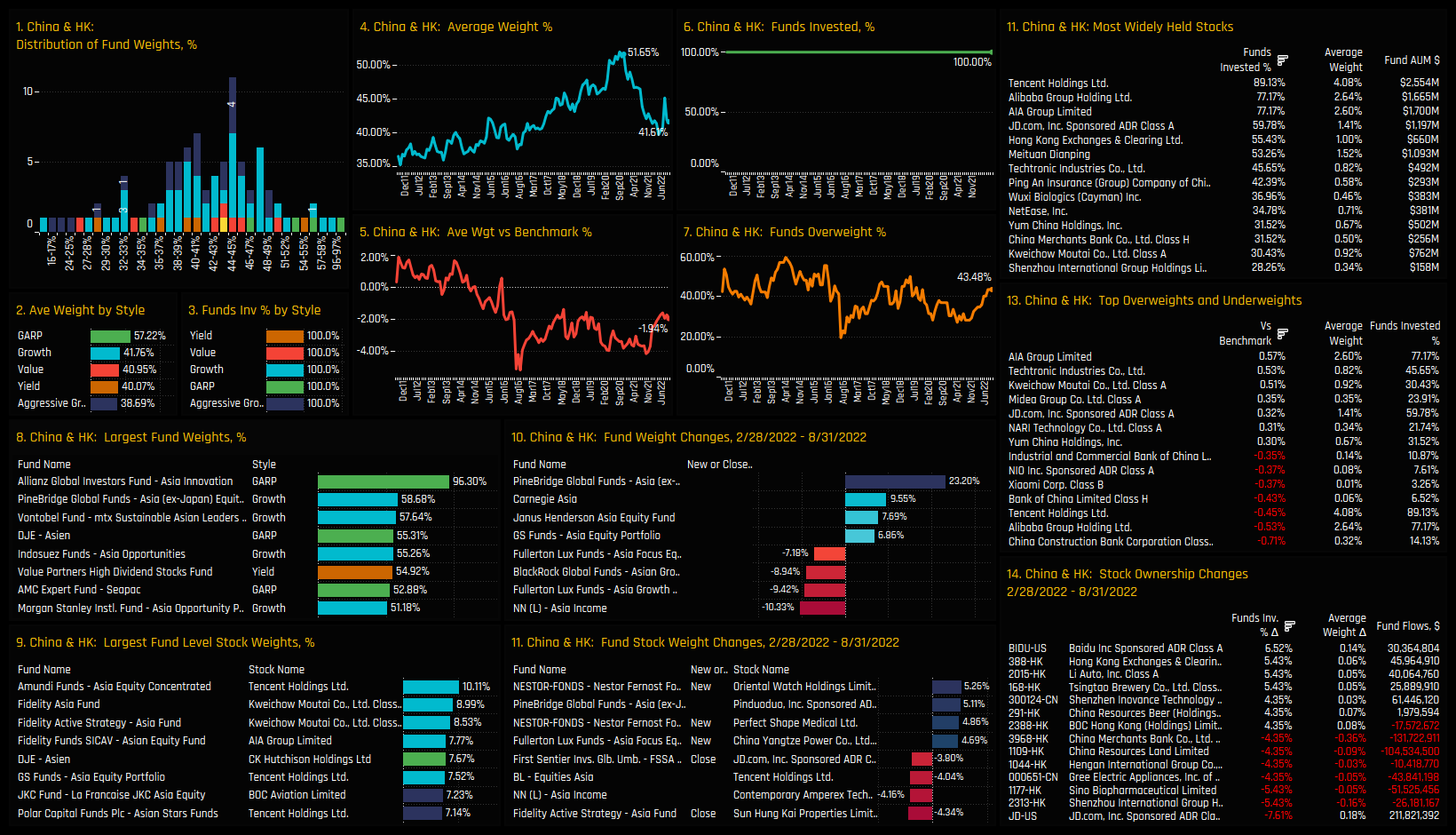
Click on the link below for the latest data report on China & HK positioning among active Asia Ex-Japan funds.
Indonesia
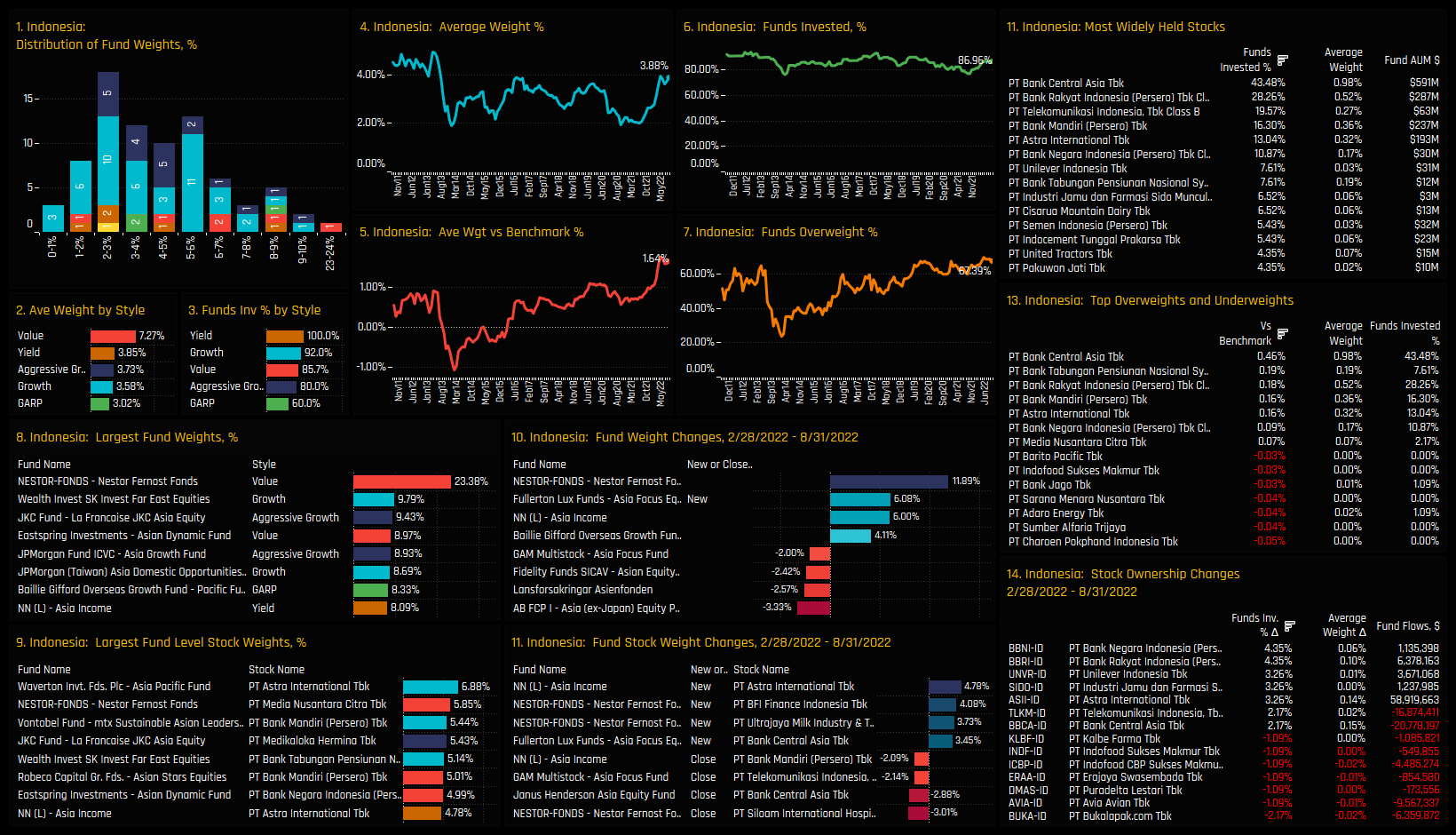
Click on the link below for the latest data report on Indonesia positioning among active Asia Ex-Japan funds.
Vietnam

Click on the link below for the latest data report on Vietnam positioning among active Asia Ex-Japan funds.
India

Click on the link below for the latest data report on Indian positioning among active Asia Ex-Japan funds.
Singapore

Taiwan
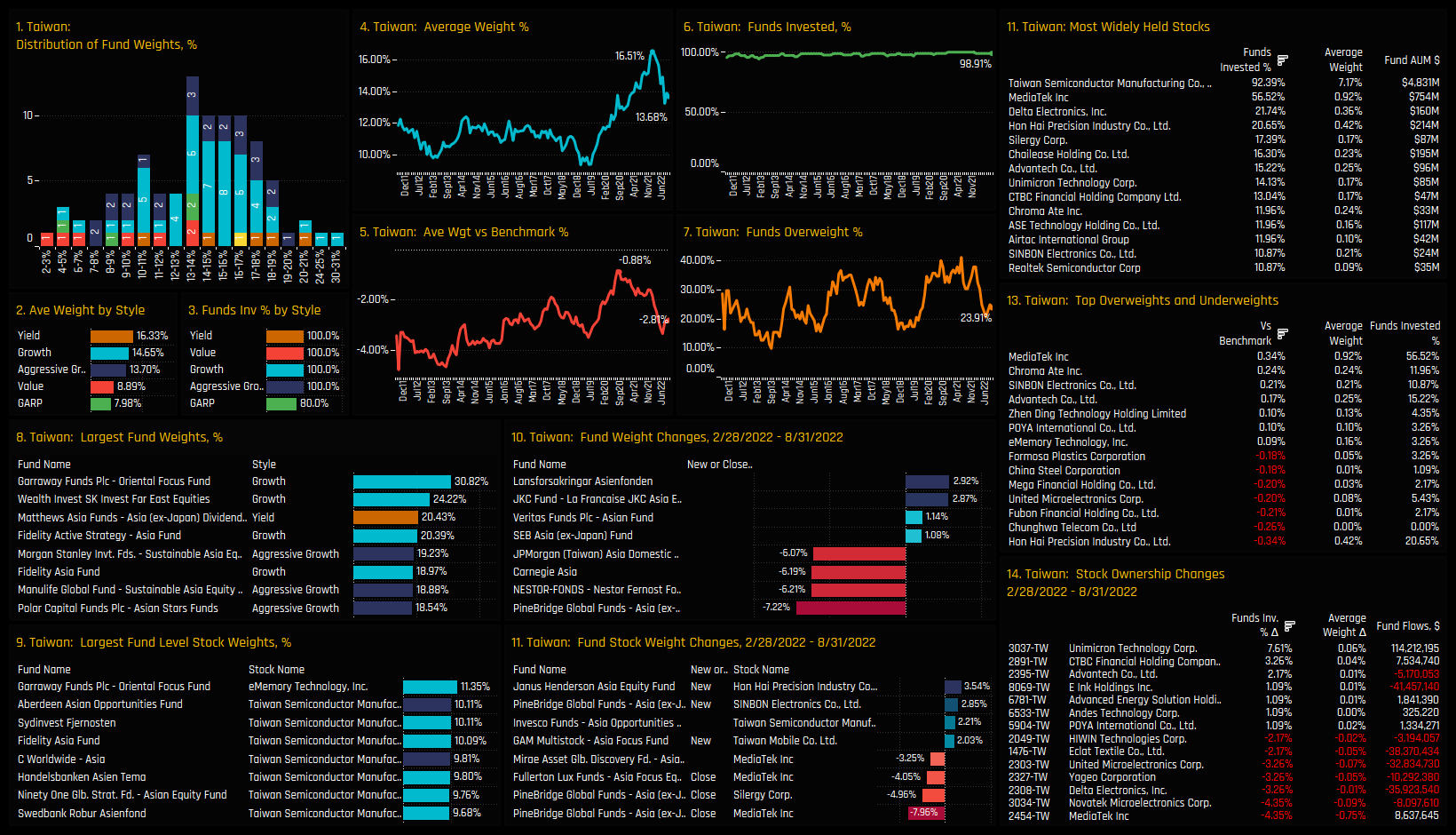
Click on the link below for the latest data report on Taiwan positioning among active Asia Ex-Japan funds.
South Korea
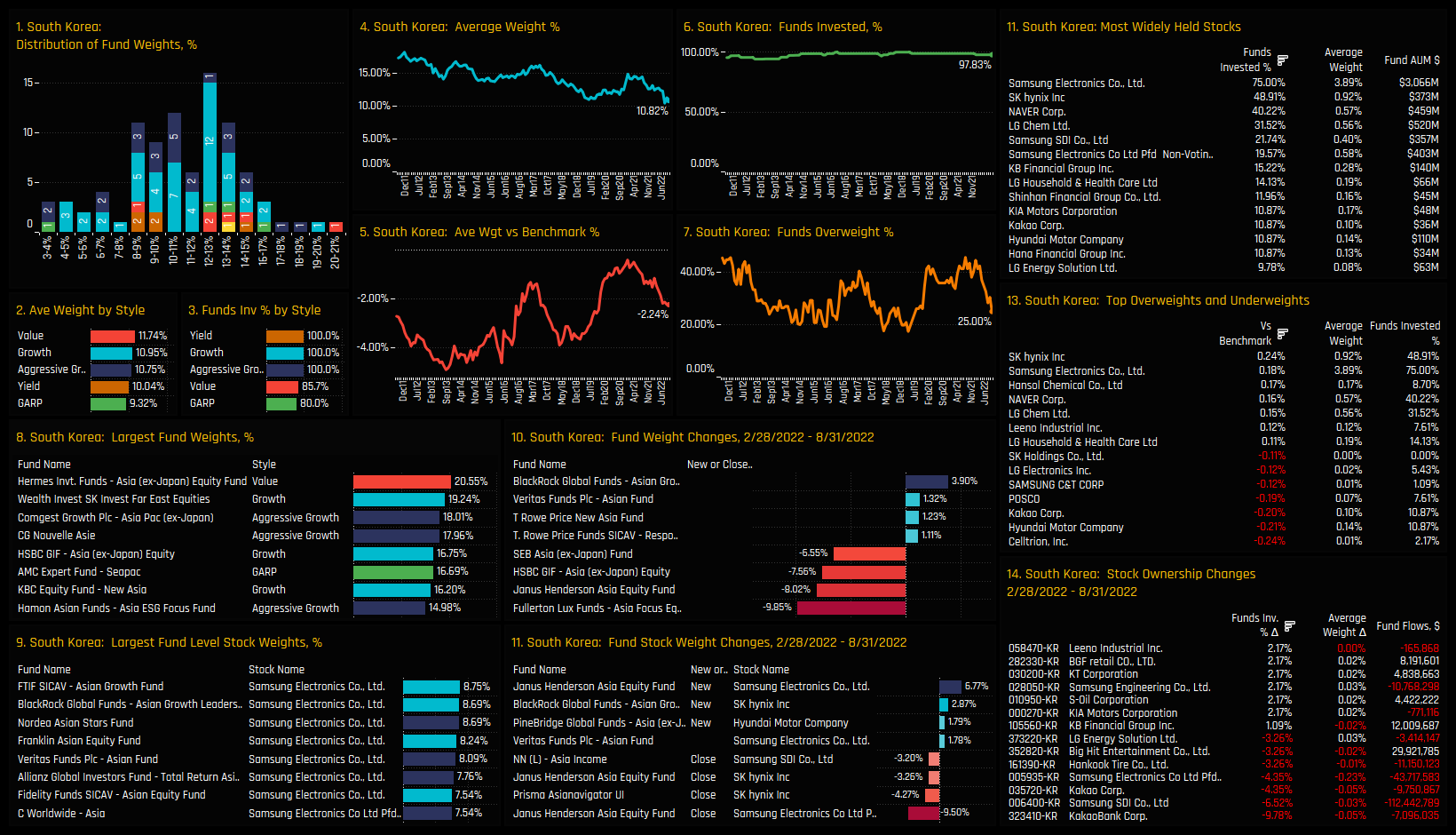
Click on the link below for the latest data report on South Korean positioning among active Asia Ex-Japan funds.
Malaysia

Click on the link below for the latest data report on Malaysia positioning among active Asia Ex-Japan funds.
The Philippines

Click on the link below for the latest data report on Philippines positioning among active Asia Ex-Japan funds.
Thailand
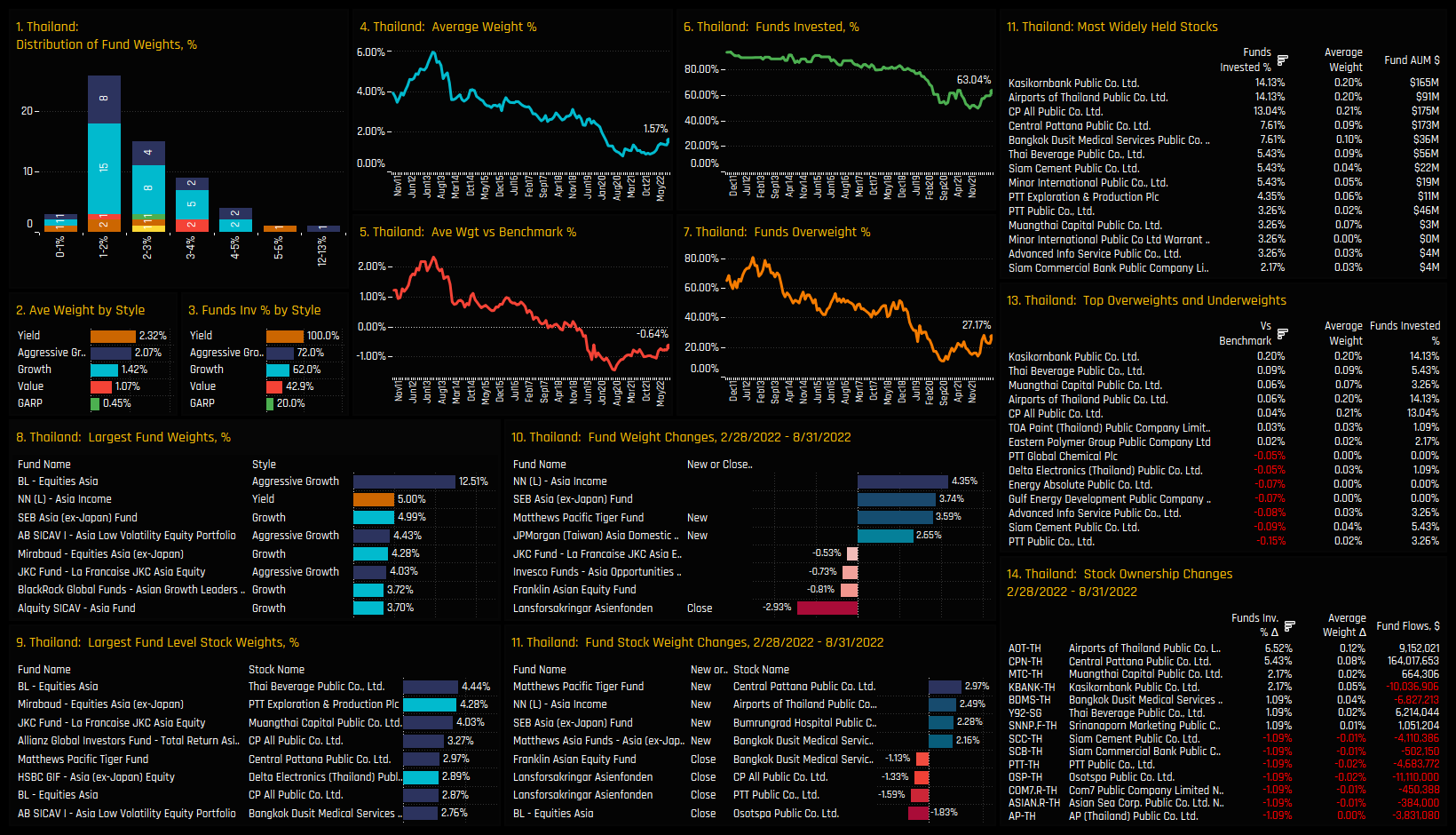
Click on the link below for the latest data report on Thailand positioning among active Asia Ex-Japan funds.
For more analysis, data or information on active investor positioning in your market, please get in touch with me on steven.holden@copleyfundresearch.com
Related Posts

- Steve Holden
- May 27, 2024
Active Asia Ex-Japan Funds: Top-Down Country Insights
99 Asia Ex-Japan active equity funds, AUM $55bn Active Asia Ex-Japan Funds: Top-Down Country In ..

- Steve Holden
- December 18, 2023
Asian Autos: Increasing Exposure Reflects Rising Market Confidence
100 Active Asia Ex-Japan Funds, AUM $54bn Asian Autos: Increasing Exposure Reflects Rising Mark ..

- Steve Holden
- December 16, 2024
Asia Ex-Japan Funds: Positioning Insights, December 2024
98 Asia Ex-Japan active equity funds, AUM $55bn Asia Ex-Japan Funds: Positioning Insights, Dec ..

